1. A Geographical Wonder: Nestled between Six Countries
Six countries border the Black Sea. Going anticlockwise from the north, these are Ukraine, Romania, Bulgaria, Turkey, Georgia, and Russia. Romania has the shortest Black Sea coastline at 225 km (140 mi) and Turkey has the longest at 1,329 km (826 mi).

We can observe a blend of Slavic and Mediterranean cultures in Bulgaria. Romania presents a mix of Latin and Slavic heritage with its Ottoman mosques and Roman mosaics. Odessa is popular for its 19th-century architecture and engaging arts scene.
2. A Layered Sea: Distinct Hydrology
The Black Sea is an inland sea with unique hydrology. It can be understood as a strongly stratified vertical structure with multiple water layers with differing characteristics. The deep waters do not mix with the upper layers, which contain more oxygen. The oxygen-rich surface waters support abundant life with many species unique to the Black Sea.
90 percent of the deeper Black Sea volume is anoxic due to the inability of oxygen to reach the lower layers. These lower layers start 150-200 m below the surface. The anoxic layers do not support as much life but have other features. The anoxic layer has a high concentration of hydrogen sulfide. Hydrogen sulfide is exceptional at preserving organic material.
The bottom of the Black Sea, therefore, has many well-preserved artifacts and ancient shipwrecks that express the region’s history in great detail. The Black Sea has been a site of archaeological interest for quite some time.
3. Between Contrasting Climates
The Black Sea has highly contrasting climates on its northern and southern coasts. The northern coast has Ukraine and Russia with a continental climate. The summers here are mild while the winters are cold. Navigation and transportation become challenging as the winters generally see snowfall. Such a climate enables the production of grains and sunflowers in this region.
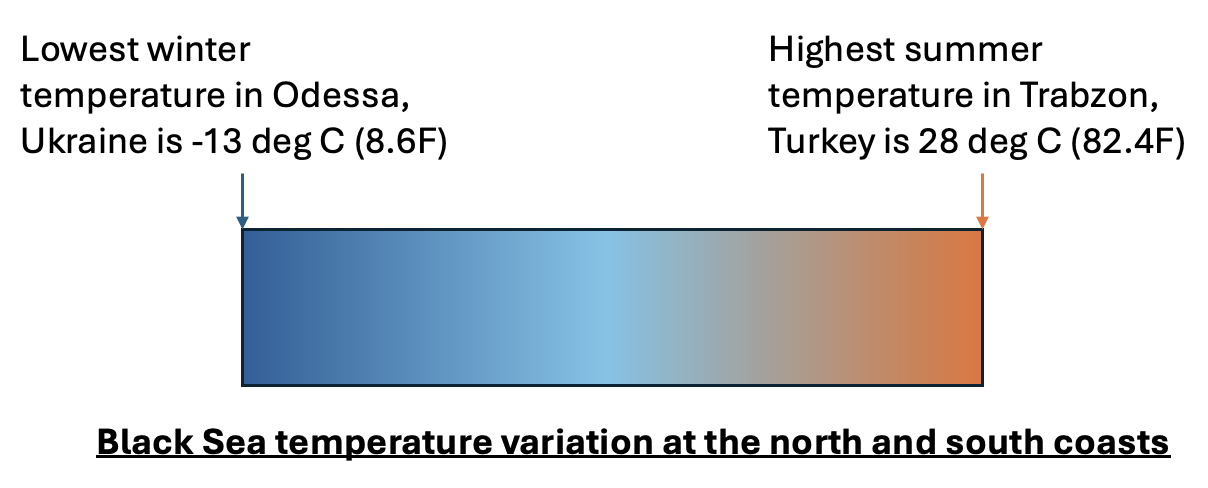
On the southern coast, however, we have a Mediterranean climate. The region experiences mild winters with warm and dry summers. Countries such as Turkey have benefitted from the climate and have emerged as popular holiday destinations. Ordu, a Turkish city, is described by locals as a piece of heaven on Earth.
4. Historical Trade Center
Traveling over sea is cheaper and faster than travel over land. As a result, for a long time, the Black Sea region has been a very efficient trade center. Goods moved across the Black Sea between Europe and Asia and between the Mediterranean regions and the interior parts of Europe and Asia. The Romans expanded this network and used the Black Sea to move grains, wine, and olive oil.
It started with Greek colonists building settlements along the coast. Byzantium, for example, was an ancient Thracian settlement. In classical antiquity, it became a Greek city with the same name. As late antiquity rolled in, Byzantium became Constantinople and is today known as Istanbul.
5. The Sea of Legends and Myths
The Black Sea has been the subject of many legends and myths. Greek mythology describes fearsome female warriors, known as Amazon warriors, inhabiting the sea. Themiscyra, a mythological city on the south coast, was believed to be their capital.
Another popular legend is Jason and the Argonauts. The legend describes Jason and his group embarking on a dangerous trek to Colchis (present-day Georgia) to obtain the Golden Fleece, a legendary artifact in the possession of dragons.
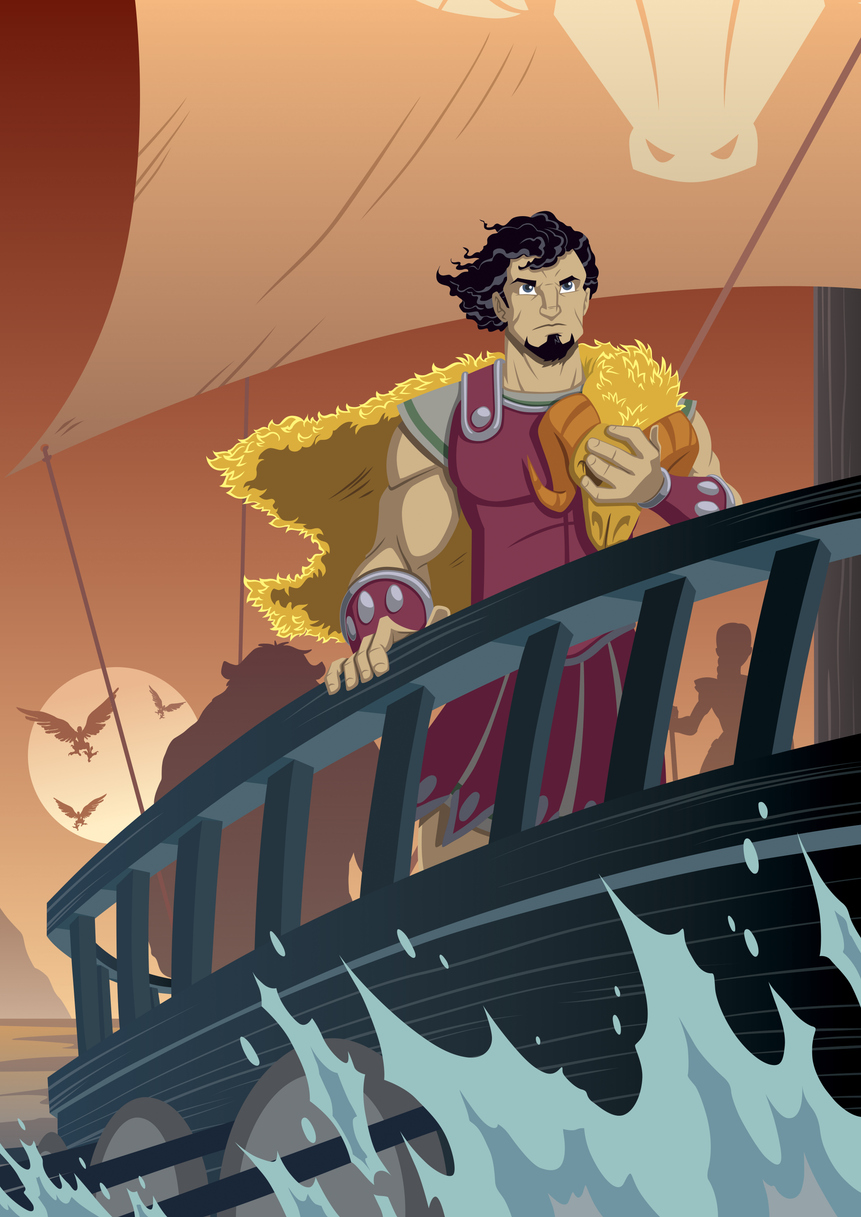
The local folklore is similarly rich. Known as “Karadeniz” in Turkish folklore, the Black Sea is a part of many maritime adventures and stories. The Black Sea is also central to Georgian traditions where it is described as a home to sea gods and spirits, wielding immense power and mystery. The sea has always been an interesting topic for storytellers and historians.
6. Abundant in Resources
The sea also has a plethora of precious resources. Significant oil and natural gas reserves are available off the coasts of Turkey, Bulgaria, and Romania. These reserves have consequently been the site of drilling activities. Many oil majors have invested in the discovery and extraction of these natural resources.
The Black Sea is also rich in precious metals like copper, gold, and manganese. The extraction of these metals has also supported adjacent economies. However, it is crucial to ensure these activities are sustainable to prevent long-term negative effects on the Black Sea region.
7. A Fishing Paradise (Under Threat)
Fish are also found in abundance in the Black Sea. Food and job security of the surrounding economies depend on this vital fishing ground. Anchovies, mackerel, and sprat are the most common ones. In total, about 180 fish species call the Black Sea home.

However, excessive fishing activities have affected the Black Sea’s ecosystem. Overfishing, pollution, and habitat destruction impact the quality and quantity of fish. Wastewater from agricultural and industrial activities and plastic debris have impacted biotic and abiotic components.
There is an urgent need to address these issues through measures such as sustainable fishing programs, pollution monitoring, and the establishment of protected areas. These measures require international collaboration and cooperation among the six bordering countries for the most effective results.
8. Tourist Attraction
The Black Sea offers some of the most beautiful landscapes on the planet. The northern coast is marked by many ravines, valleys, and rivers often intercepted by sandy spits on the shores. The region also has some of the most exquisite beaches and mountains. Along the southern coast, the physiography is moderate but steep.
The varying topography along the Black Sea coast provides a lot of different views and experiences for visitors. Beautiful beaches, delectable delicacies, and neoteric nightlife invite millions of tourists to the Black Sea region for vacations.
The historical sites all along the Black Sea also invite archaeologists, historians, and others interested in the history of architecture and civilization.
9. A Hotspot for Biodiversity
The Black Sea region supports and nurtures a vast biodiversity of plants and animals. This is, in part, due to the variety of marine ecosystems that are available.
Dolphins, seals, and many other fish species thrive in the Black Sea. The unique hydrology of the Black Sea is conducive to benthic and pelagic species.
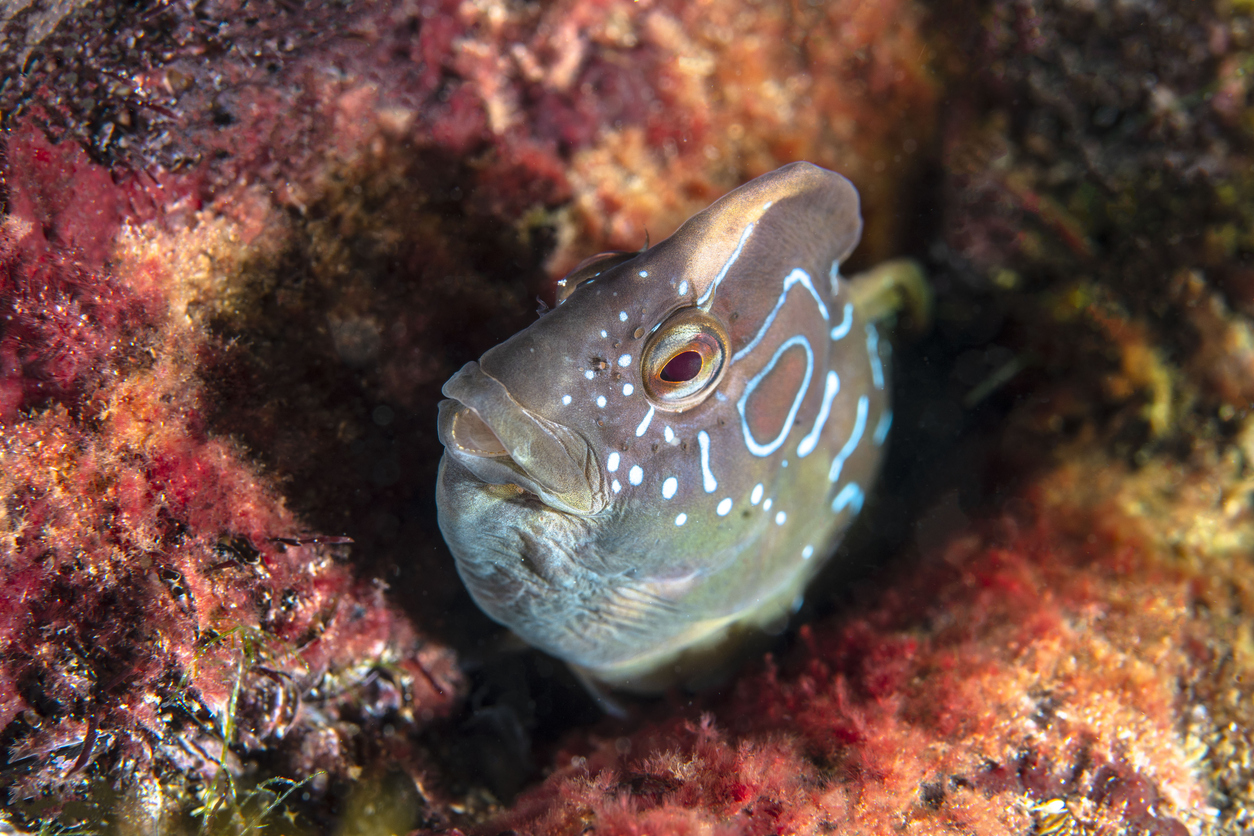
The Black Sea-Mediterranean Flyway is a group of well-established routes many bird species use to migrate between Eastern Europe and Asia.
However, due to the degrading health of the Black Sea region, biodiversity is on a steady decline. In the past decade, migratory bird traffic has declined by 65%. Besides, birds are also shot for sport and food, resulting in fewer birds now visiting the region. Bordering countries are coming together to tackle these challenges.
10. A Chessboard for Geopolitics
The Bosporus Strait acts as a major chokepoint connecting the Sea of Azov and the Black Sea to the Mediterranean Sea. Due to this, the strait has been of significant importance throughout history to grant or restrict passage to the region.
The Black Sea has always been a strategically sensitive region for world politics. NATO regularly performs drills in the Black Sea basin to display its commitment to the region’s security. Russia also maintains a Black Sea fleet at its naval base at Sevastopol.
Regional tensions rose after the Russia-Ukraine war began in February 2014, with a full-scale Russian invasion beginning in February 2022. At the time of writing this article in 2024, the war is still ongoing with no ceasefire in view for the foreseeable future.
Make the most of your Black Sea trip
A Black Sea trip can be a magical experience for tourists and travelers. In addition to its scenic beauty, the region offers many unique experiences and activities. Let’s take a brief look at the experiences that one can expect from a trip to the Black Sea.
Visit Iconic Locations
The Black Sea nurtured civilization for thousands of years. The Black Sea’s name itself comes from this period when the Greeks referred to it as the inhospitable sea. Once civilization spread across the shore, they started referring to it as the hospitable sea instead.
The rich history has led to there being thousands of historic sites scattered along the coast. These sites make a trip along the Black Sea coast a magical experience with visitors feeling that they are taking a deep dive through history.
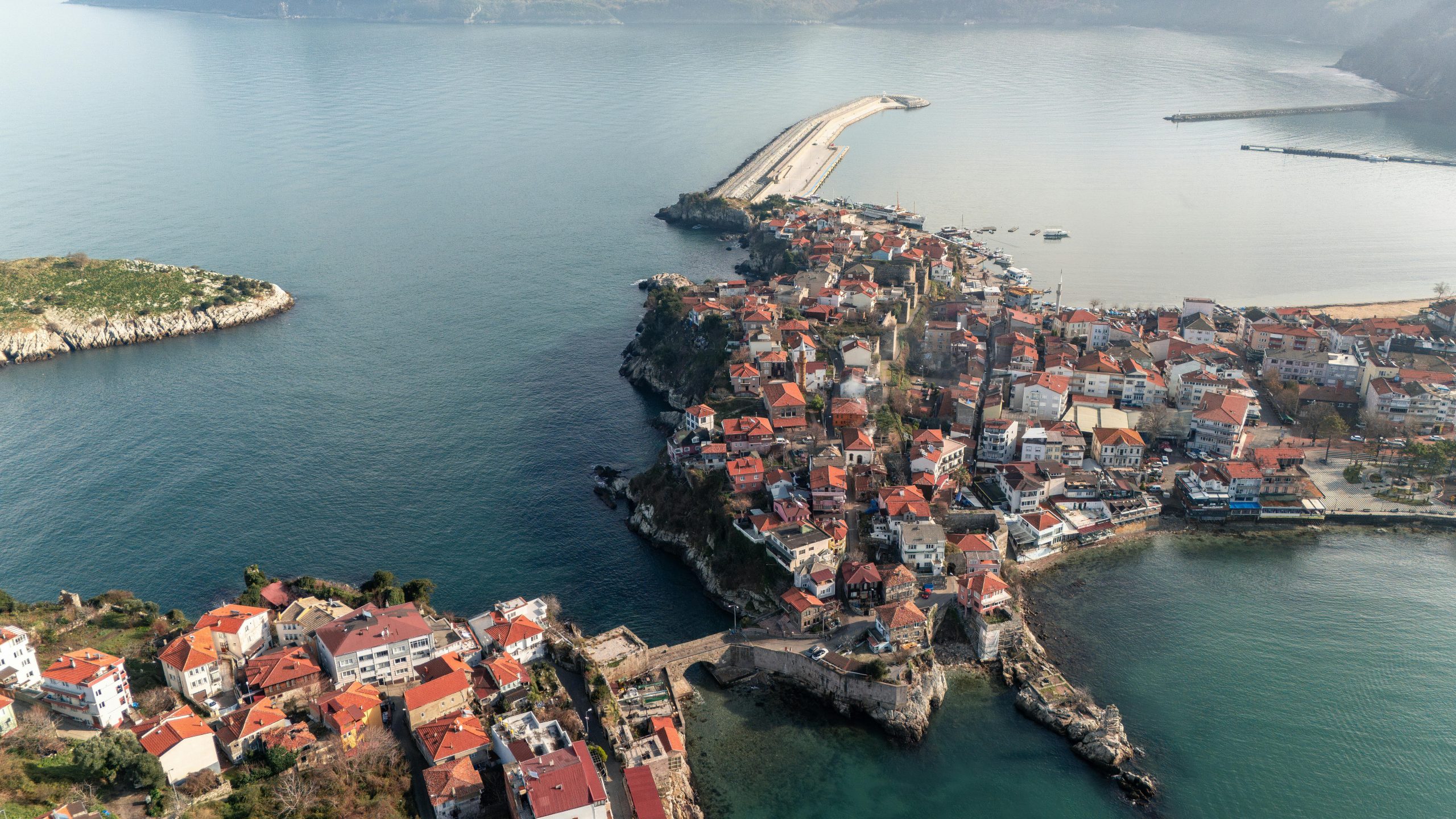
Some noteworthy mentions are Amasra and Sinop in Turkey, Batumi and Tsikhisdziri in Georgia, Tulcea and Sfântu Gheorghe in Romania, Sozopol and Varna in Bulgaria, and Odesa in Ukraine.
Experience Seafood Heaven
Great seafood is a common sight all along the Black Sea coast. For instance, Hamsi is a traditional fish that has been a part of the regional palate for many millennia. Even today, Hamsi is popular with locals and tourists.
The fish is found along the entire coast and is therefore cooked using a variety of recipes. However, it is the most loved in Turkey. Hamsi with bread or rice is a favorite in the region.
Other seafood delicacies include tuna, herring, mackerel, and the renowned white sturgeon.
Enjoy local festivals and traditions
The region’s multiculturalism has led to the emergence of numerous local festivals and traditions along the coast. Travelers can experience local culture firsthand through these events. Georgia’s “Tbilisoba” festival celebrates the culture and history of Tbilisi city. Turkey’s Hıdırellez is a folk holiday that marks the arrival of spring. It is also celebrated in Crimea, Gagauzia, the Caucasus, the Balkans as well as the Middle Eastern countries of Syria and Iraq.
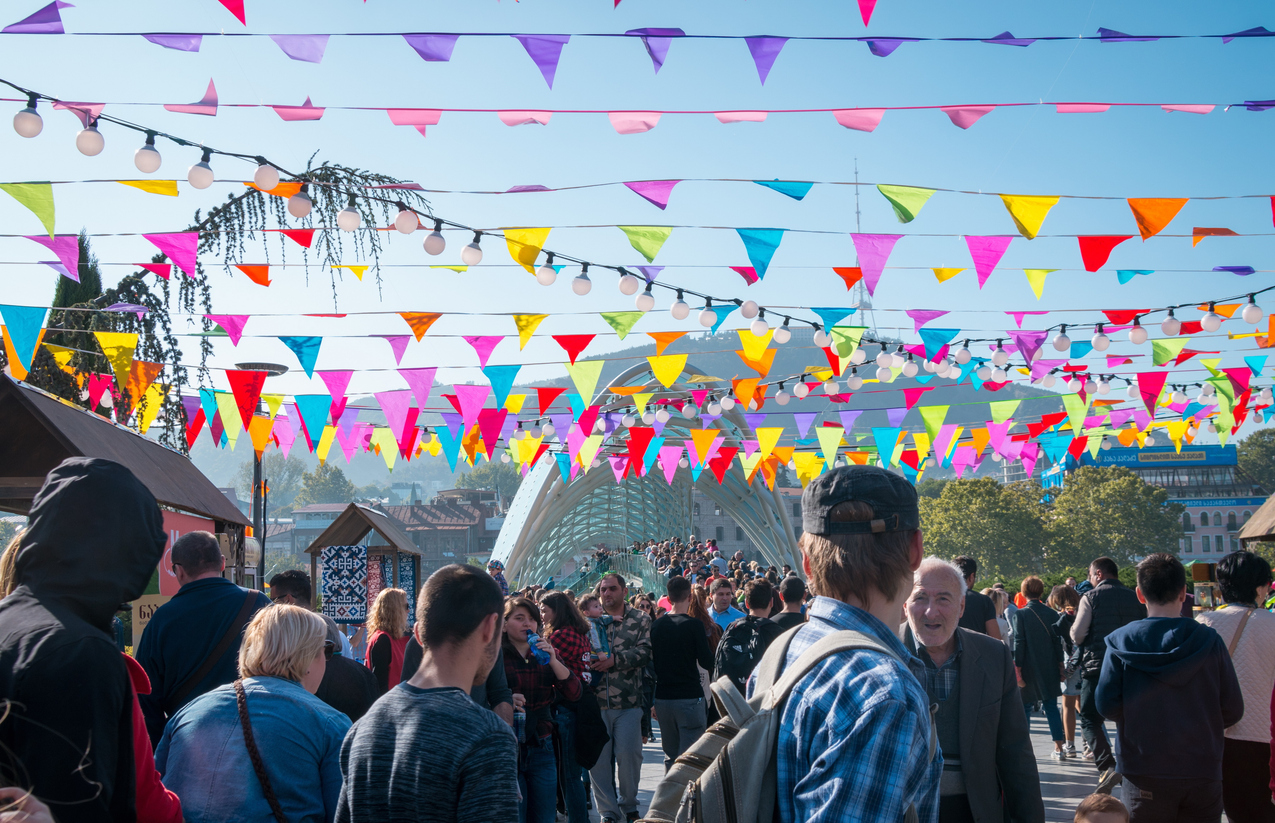
Frequently Asked Questions
What is the Black Sea?
The Black Sea is an inland sea in Eastern Europe. It has a total coastline length of 5,800 km (3,607 mi) and a surface area of 436,400 sq. km. (168,495 sq. mi.)
Where is the Black Sea?
The Black Sea is located between six countries in Eastern Europe. It connects to the Mediterranean Sea on the southwest through the Bosporus Strait and to the Azov Sea on the northeast through the Kerch Strait.
How deep is the Black Sea?
The Black Sea has an average depth of 1253 m (4110 ft) and a maximum depth of 2210 m (7250 ft).
Why is the Black Sea called the Black Sea?
There are several theories regarding the origins of the Black Sea’s name. One theory suggests that the Black Sea was named so by the Greeks because it was an inhospitable sea inhabited by savage tribes.
Another theory suggests that the Black Sea gets its name because of its dark appearance in winter seasons. The name says to have been given by seafarers who worked at sea and endured severe storms that make the water appear so dark that it’s almost black.
A third theory suggests that the Black Sea gets its name from Anatolian Turks who referred to the north as black and the south as white. Since the Black Sea lies north of Turkey, it came to be known as the Black Sea.